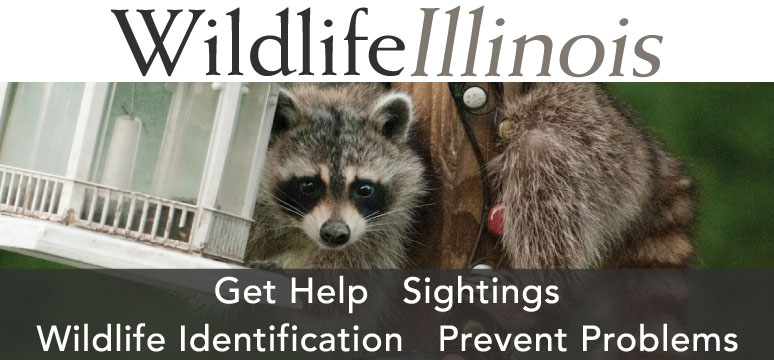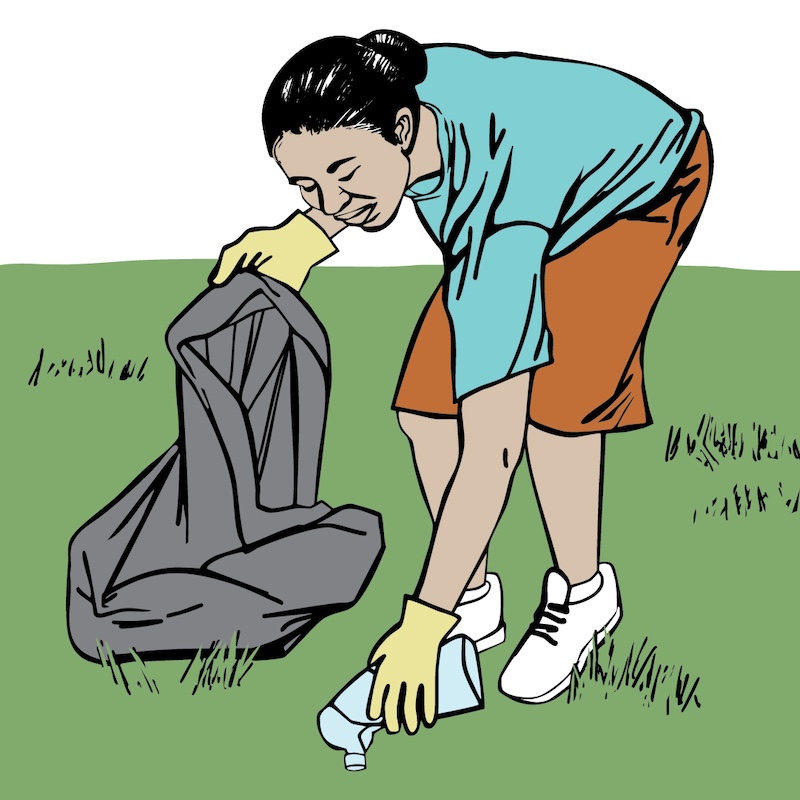
Yellow warbler. Photo by Grayson Smith, USFWS.



Yellow warbler. Photo by Grayson Smith, USFWS.
In all the news about our changing environment, one fact stands out.
Since 1970, almost 3 billion birds have been lost in North America due largely to habitat loss.
That’s 1 in 4 birds gone from our yards, forests, grasslands and shores. With much of their habitat altered or destroyed, birds are disappearing simply because they have fewer places to eat, find shelter and raise a family.
That’s why they need our help – especially now, during spring migration, when birds rely on trusted sites where they can rest and refuel on the way to their breeding grounds. By following these simple tips, you can help migrators complete their journey to mate and raise their young.
Migrators time their journeys with the availability of budding and blooming plants and the insects they attract. When you grow native plants, you provide birds with food at a critical time in their migration.

The biggest threats to migrating birds are free-roaming pets like cats and dogs. Not only do they catch and kill birds, unrestrained pets disturb migrators that have stopped to feed and rest. Protect migrators by restraining your pet.

Because your windows are practically invisible to birds, they are the source of deadly collisions. Break up the mirror-like reflection of glass by installing decals, tapes and other window treatments that will allow birds to see the glass.

When you use poisonous chemicals to kill plants and insects, you also eliminate food for birds. Even the lowly dandelion feeds an insect that will feed your birds.

When birds encounter excessive artificial lighting, they can become disoriented. To recover, they will burn vital calories as they struggle to resume their navigation. By turning the lights down or off, you help birds stay on course.

Migrators are hungry, thirsty and tired, so why not offer them a good place to stay? Clean and fill your bird feeders; keep fresh water in your birdbaths and clean them regularly; add nesting boxes to your landscape. And don’t forget to help the hummingbirds. They also need food and rest!

Shade-grown coffee is raised under the canopy which, in turn, keeps the forest intact. Such practices prevent deforestation in tropical landscapes where some migratory birds spend part of the year. When you buy bird friendly coffee, you protect habitat.

Adjust your outdoor activities away from the places where birds gather to feed and rest. Re-route running, walking, boating and fishing so that migrators will be undisturbed.

Increasingly, birds ingest or become entangled in discarded trash, especially plastics like food and bait containers, shopping bags, fishing line and debris left over from the release of balloons. Reduce the amount of plastic that you use and keep trash out of the environment.

Whether you enjoy the birds who visit only during migration, or you appreciate the ones who stay all year long, join the effort to protect them. Invite your friends and neighbors to help create a community that cares about the welfare of wild birds. Be an active conservationist by purchasing a federal and/or state Duck Stamp to help preserve healthy wetland habitats and enhance outdoor recreation opportunities.

By following these tips, you can help the birds who stop over in Illinois on the return to their ancestral breeding grounds. As a bonus, you can use these tips to help birds all year long.
Carla Rich Montez is an outdoor writer living in Peoria County. She is a regular contributor to OutdoorIllinois Journal.
Submit a question for the author